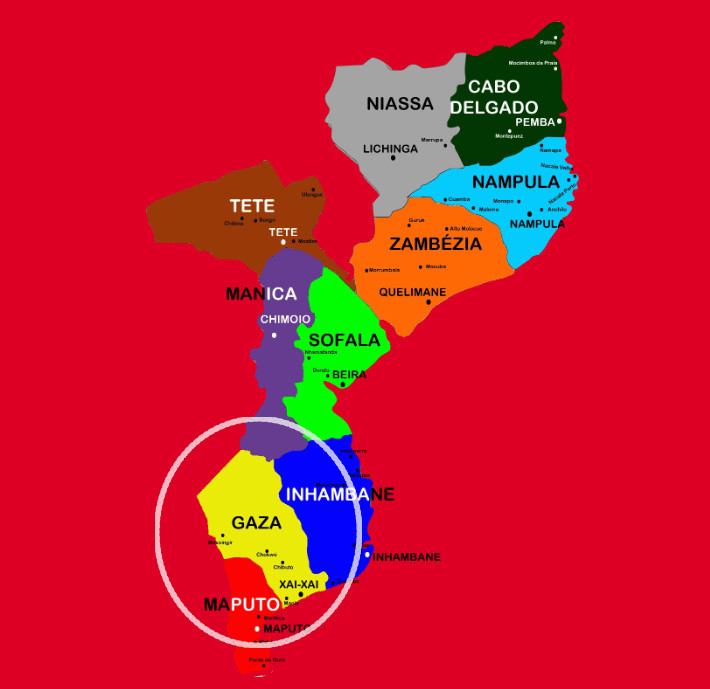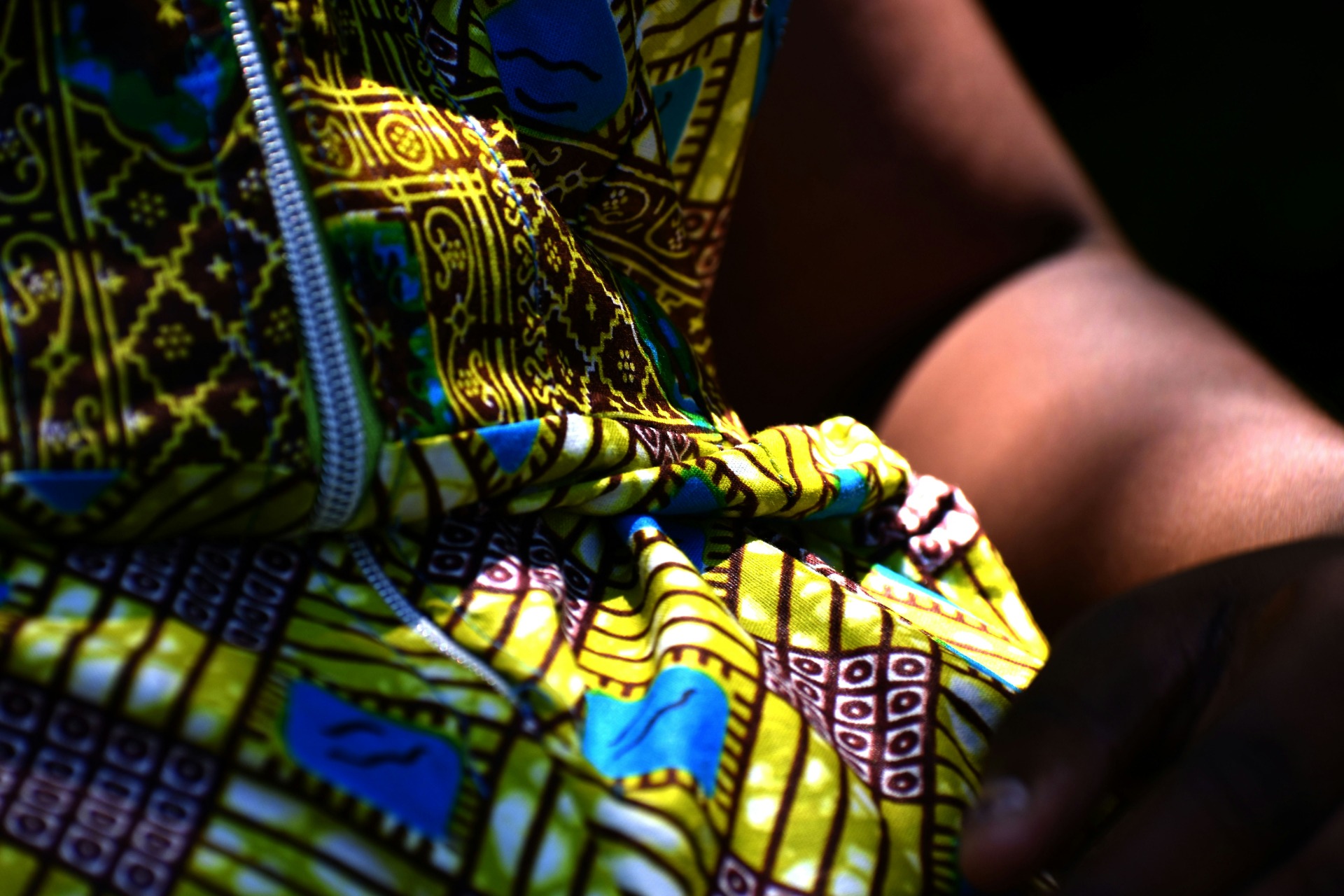MozambiqueExpert - Investors Guide
Invest in Gaza Province

The Tourism Sector
Gaza Province: Unlocking Mozambique's Bush-to-Beach Tourism Potential
The Government of Mozambique has strategically designated tourism as a priority sector within its national economic agenda, aiming to foster job creation, diversify economic drivers, and significantly boost the country's Gross Domestic Product (GDP). This mandate is explicitly reflected in the provincial development goals of Gaza, which views tourism, alongside agriculture and livestock, as a primary vehicle for attracting large-scale investments and accelerating socio-economic transformation. Gaza Province presents a unique investment proposition, blending spectacular Indian Ocean coastline with expansive transfrontier conservation areas, but investors must navigate systemic challenges related to infrastructure, policy execution, and environmental risk.
Facts and Figures: Recent Investment and Capacity (Post-2020)
Gaza Province has demonstrated increasing capacity and successfully attracted high-value international investment, especially in the conservation and luxury segments:
Accommodation Growth (2024): In the first half of 2024, investment in the tourism sector in Gaza grew by 55%, totaling over 111 million meticais ($1.7 million) used for constructing various infrastructures. This resulted in the network of tourist establishments increasing from 294 to 304, raising the accommodation capacity from 7,558 to 7,830 beds.
Major Investment Milestone (2025): The district of Massingir saw the official launch of an ambitious tourism project valued at $140 million (8.6 billion meticais) in September 2025. This initiative, led by the Swiss luxury hotel chain Aman Group in partnership with Karingani Holding Company, is described as the largest project of its kind in Sub-Saharan Africa. It is expected to create 400 direct jobs for local youth.
Infrastructure Improvement: The Chinese-financed Xai-Xai Chongoene Airport, opened in December 2021, with an annual passenger capacity of 220,000, is crucial for boosting the region's economy and access. Furthermore, to support the Massingir tourism project, the government announced plans to transform the Massingir airstrip into an international gateway capable of accommodating large aircraft within 10 to 20 years.
Policy Framework and Strategic Focus
Mozambique's commitment to the sector is institutionalized through the Strategic Plan for the Development of Tourism in Mozambique (SPDTM II, 2015–24), which seeks to transform the country into "Africa's most vibrant, dynamic, and exotic tourism destination by 2025". The Five-Year Government Program (2020–24) reinforces the necessity of strengthening tourism to boost economic growth and job creation.
Investment Goals
The national government aims to dramatically increase the sector's contribution, setting a goal to attract more investment and raise tourism's share of GDP to 6% by 2029. Gaza is considered a regional tourism node, particularly in the South, and has been identified with two specific Priority Areas for Tourism Investment (PATIs) aimed at attracting focused development:
Limpopo Massingir Zone: Focused on eco-tourism, adventure, and special interest tourism, specifically including the town of Massingir, Lake Massingir, and the southern part of Limpopo National Park.
Limpopo Mapai Zone: Located in the northern Limpopo National Park, targeting eco-tourism, adventure, and special interest tourism niches.
Opportunities for Tourism Development
Gaza's tourism appeal is rooted in its diverse geography, which allows for distinct "bush-to-beach" itineraries.
1. Conservation and Eco-Tourism (The Bush)
The interior of Gaza is home to significant conservation assets, aligning with global demand for nature-based tourism:
Limpopo National Park (LNP): As a component of the Great Limpopo Transfrontier Conservation Area (GLTFCA), LNP provides opportunities for wildlife viewing, including the Big Five. It is positioned adjacent to South Africa's Kruger National Park. The Massingir Dam is also recognized as an important tourism asset.
Other Parks: Gaza also includes the Banhine National Park and part of the Zinave National Park. Banhine is noted for its wetlands and birdlife, offering potential for extended 4x4 safaris in conjunction with Kruger and LNP.
Investment Models: The government encourages Public-Private Partnerships (PPPs) and concession agreements to restore biodiversity, improve infrastructure, and generate revenue for park operations.
2. Coastal and Water Sports (The Beach)
Gaza's coastline, approximately 150 km long, offers traditional sun, sand, and sea tourism, catering largely to regional and domestic markets:
Destinations: Key coastal destinations include the capital Xai-Xai, Bilene, Chidenguele, Chizavane Beach, Chongoene, and Zongoene Beach.
Activities: The coast is ideal for recreational fishing, diving, snorkelling in azure seas, kitesurfing, windsurfing, and swimming. Bilene and Chidenguele also feature inland lakes. Gaza offers unique cultural heritage from the local Chopi and Tsonga communities.
Accommodation Types: The region offers a variety of accommodation, including hotels, lodges, self-catering units, eco lodges, and campsites.
Challenges and Constraints for Investors
Despite the political priority placed on tourism, Gaza faces systemic constraints that limit sustained growth and profitability:
Conservation Model Failure and Community Conflict: The model intended to promote socio-economic development through tourism in areas like Limpopo National Park has historically failed to deliver promised benefits, resulting in consistently low tourist numbers. This has generated social conflict and distrust due to uncompensated burdens of displacement and wildlife encroachment on communities residing near or within the parks. Investors are advised that future conservation funding may be conditioned on demonstrable progress in transferring managerial control and delivering measurable community benefits.
Climate and Environmental Risks: Gaza is acutely vulnerable to climate hazards like droughts and floods. More critically, the fragility of transnational water governance poses an immediate threat to the environment and public health, which undercuts the value of nature-based tourism. For instance, the July 2025 water contamination crisis in the Limpopo River demonstrated how rapidly environmental shocks originating upstream can paralyze economic activity in the basin.
Infrastructure and Institutional Gaps: Weak institutional structures and limited capacity hinder sectoral planning and management. General constraints include:
Lack of infrastructure, particularly in rural areas, complicating access to attractions.
Weak regulatory framework for concessions in conservation areas, which heightens investor uncertainty and risk perception.
The need for better mechanisms to ensure transparency and effective coordination between public agencies like the Ministry of Culture and Tourism (MICULTUR) and the private sector.
Outlook and Recommendations for Growth
Gaza's tourism future depends on successfully translating the high-level political priority into operational reality. The focus should shift from simply attracting investment to creating an environment that supports long-term value creation.
Investors are encouraged to prioritize:
Climate-Resilient Infrastructure: Investing in infrastructure (like the Massingir airstrip development) and operational strategies that mitigate the impact of floods, droughts, and environmental contamination.
Local Value Chain Integration: Addressing gaps in skills, service quality, and local procurement to ensure the benefits of tourism reach communities. Women dominate the informal sector (including markets in Xai-Xai) and represent a key opportunity for developing tourism-related supply chains (e.g., catering, handicrafts).
Addressing the Conservation Conflict: Engaging in Public-Private Partnership (PPP) models that explicitly integrate community benefits, resolve land tenure disputes, and ensure local participation in park management.
The success of major projects, like the $140 million investment in Massingir, hinges on the government's ability to provide a stable, predictable operational environment—a challenge akin to ensuring a highly sophisticated factory remains operational despite being located directly on a major geological fault line. The province has the raw material (stunning beaches and pristine wilderness), but institutional and environmental stability must be manufactured.
Related Readings
